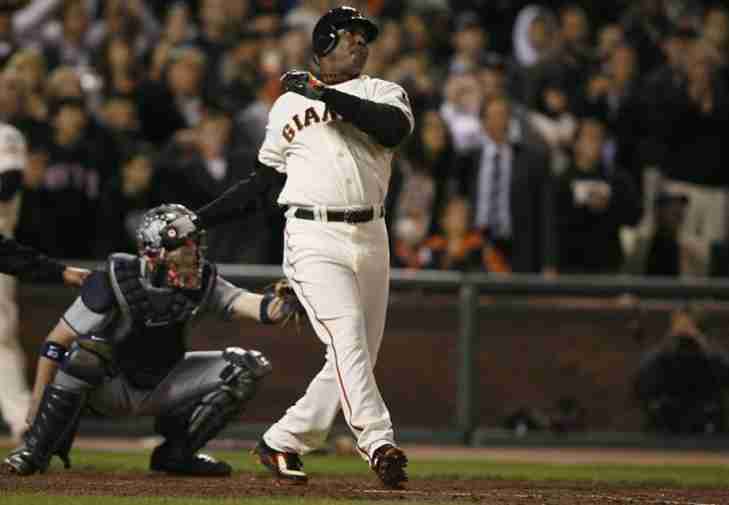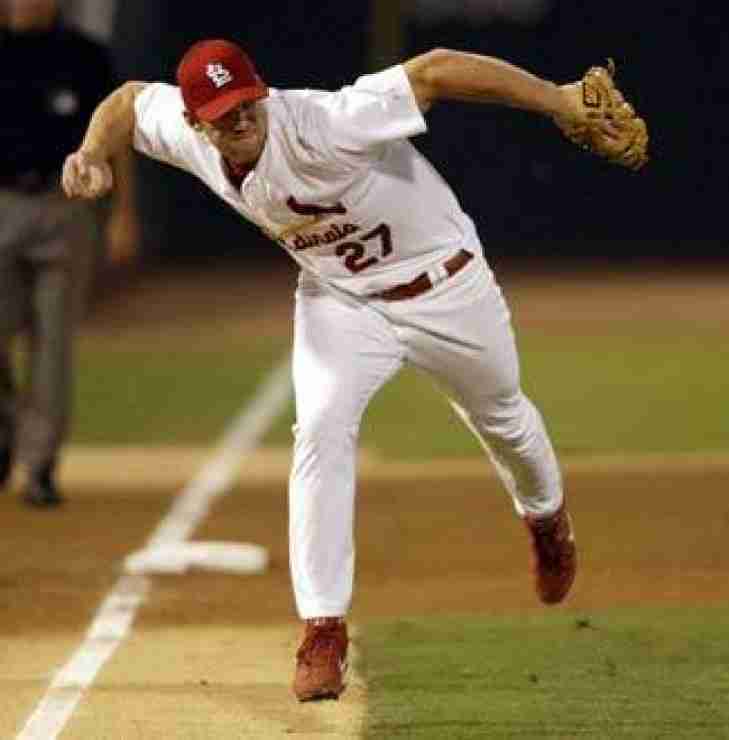Darryl Tahirali
If I Had a Vote in the 2018 Baseball Hall of Fame Election
Jan 15, 2018
Published in
DDT's Pop Flies
Strategic voting. What you have to do when you have too many choices and not enough time or opportunities to realize all those choices.
Sounds like voting for the Baseball Hall of Fame for the last few years, doesn't it?
The good news is that since the Shutout of 2013, when the eligible members of the Baseball Writers' Association of America (BBWAA) could not muster the 75 percent of the vote necessary to elect any one ballot candidate to the Hall of Fame despite a wealth of candidates from whom to choose (I counted 14), the BBWAA has sent a dozen players to Cooperstown. Based on that trend, and barring any unusual or unforeseen wrinkle, the writers are certain to elect at least one player for 2018.
Sounds like voting for the Baseball Hall of Fame for the last few years, doesn't it?
The good news is that since the Shutout of 2013, when the eligible members of the Baseball Writers' Association of America (BBWAA) could not muster the 75 percent of the vote necessary to elect any one ballot candidate to the Hall of Fame despite a wealth of candidates from whom to choose (I counted 14), the BBWAA has sent a dozen players to Cooperstown. Based on that trend, and barring any unusual or unforeseen wrinkle, the writers are certain to elect at least one player for 2018.
Modern Baseball Committee (1970 – 1987): The 2018 Election
Dec 07, 2017
Published in
DDT's Pop Flies
With its second meeting under a revamped structure, the Baseball Hall of Fame veterans committee will convene to evaluate nine players and one executive whose impact was made primarily during the Modern Baseball era, defined as having occurred between 1970 and 1987, and perhaps elect someone to the Hall of Fame. Their ballot results will be announced on December 10 during the winter meetings.
Baseball Hall of Fame: Upcoming Borderline Candidates, Part 2
Nov 06, 2017
Published in
DDT's Pop Flies
Baseball immortality: Precious few attain it, most do not even come close—and some perch on the cusp of that immortality as signified by the Baseball Hall of Fame. Theirs are the test cases, players whose careers, accomplishments, and legacies form the threshold of what separates a Hall of Famer from the rest.
Baseball Hall of Fame voting in the last few years has been fascinating for a number of reasons, particularly the logjam of qualified candidates, which promises to remain an issue for the next few years. That logjam puts additional pressure on the borderline candidates—will they be overlooked, perhaps unfairly, because there are too many candidates from which to choose?
Baseball Hall of Fame voting in the last few years has been fascinating for a number of reasons, particularly the logjam of qualified candidates, which promises to remain an issue for the next few years. That logjam puts additional pressure on the borderline candidates—will they be overlooked, perhaps unfairly, because there are too many candidates from which to choose?
What's Wrong with the Rock and Roll Hall of Fame?
Jul 13, 2017
Published in
DDT's Pop Flies
Before indulging in that ever-popular blood sport of listing all the reasons why the Rock and Roll Hall of Fame sucks, let's list all the reasons why it doesn't:
1.
2.
3.
4.
5.
1.
2.
3.
4.
5.





